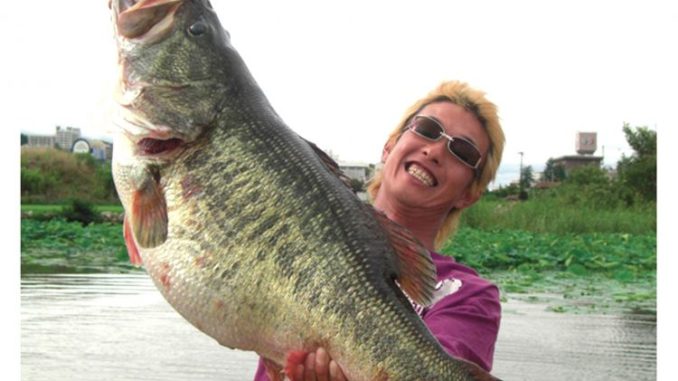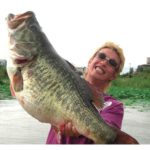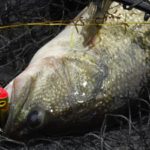
In the never-ending quest to produce more bigger fish for anglers to catch, the Louisiana Department of Wildlife and Fisheries has been stocking Florida largemouth bass in the state since 1982.
Florida largemouth bass (FLMB) have been deemed genetically different enough from all the other largemouth bass in the country, lumped together as northern largemouth bass (NLMB), to be considered a separate subspecies.
To the average eye, there are very little physical differences between FLMB and NLMB, primarily slightly smaller scales on the FLMB. But an important difference for fishermen does exist. FLMB grow much larger than NLMB.
Stocking has been done not only to produce trophy-sized FLMBs, but also, maybe primarily, to introduce the FLMB’s fast-growing genes into the overall native NLMB population. The two subspecies hybridize easily.
Biologists have long suspected that other differences, such as behavioral differences exist between the two subspecies. Suspicions have been that FLMB are harder to catch.
Research involving stocking FLMB and NLMB separately in small ponds and then fishing for them has indicated that this is so, but there are two flaws in this research. First, tiny ponds don’t have the same habitat as large reservoirs.
Secondly, such research doesn’t give much information about how hybrids react to fishing pressure. Most reservoirs that have received significant FLMB stockings will have hybrid populations of the two subspecies rather than pure FLMB or NLMB.
Texas Parks and Wildlife Department biologists attempted to tease out the differences by conducting comparative studies in five reservoirs. They collected snips from the fins of fish caught by volunteer fishermen and the biologist themselves.
The target number for fish caught by angling was 50 bass between 10 and 14 inches long and 50 fish over 14 inches.
Then they spent time on the water shocking fish with electrofishing devices. Shocking turns up every fish, both FLMB and NLMB, so it gives a true picture of what is present. These fish also had a snip taken from their fins for analysis.
Modern genetic analysis made it easy to determine if the fin came from a one subspecies or the other or from a hybrid, and just how many FLMB and NLMB genes were in each hybrid.
When analyzing the results, the biologists assumed that if the percentage of fish that were pure FLMB or hybrids with a lot of FLMB genes was larger in the shocked fish than the percentage of such fish caught by rod and reel, that FLMB were harder to catch than NLMB.
Two of the lakes, in spite of having had FLMB stocking, had so few FLMB or their hybrids that numbers of shocked fish from them couldn’t he compared to the rod and reel catch.
In one reservoir, the proportion of FLMB or FLMB hybrids was greater in the rod and reel catch than in the shocked catch. This difference disappeared when the few pure FLMB in the catches were removed from the analysis.
In the remaining two reservoirs, percentages of FLMB and FLMB hybrids were substantially larger in the shocked catch than in fishermen’s catches. Here again, the differences lessened when pure FLMB were removed from the study numbers.
From these results the biologists concluded that pure strain FLMB were indeed more difficult for anglers to catch than NLMB. That did not hold true for hybrids between the two subspecies. Their catch rates were equivalent to their percentage in the population.
Interestingly, the number of trophy fish, which they defined as bass weighing more that 11 pounds, were disproportionately pure FLMB, in spite of the fact that most of the fish collected in the study were hybrids.
The scientists speculated that while most of the difference in growth and maximum size between FLMB and NLMB were due to genetic factors that controlled their body chemistry, some of the difference could be due to behavioral differences.
Fish that are harder to catch are less likely to be harvested and less likely to experience the significant stress produced by catch and release fishing. Such stress is known to reduce growth rates and maximum size.
As this study also indicated FLMB simply do better in some waters than they do in others. LSU fisheries scientists concluded that how often FLMB are stocked and in what numbers do not account for FLMB and their hybrids thriving better in some places than others.
They found that FLMB did better in shallow lakes with reduced vegetation, and more algae stained or cloudy, but fertile waters. Lakes with lower average water temperatures, larger hypoxic (low-oxygen) zones, and more submerged or floating plants tended to favor NLMB.




